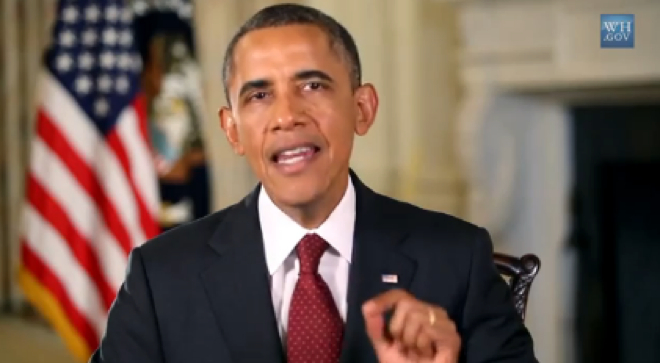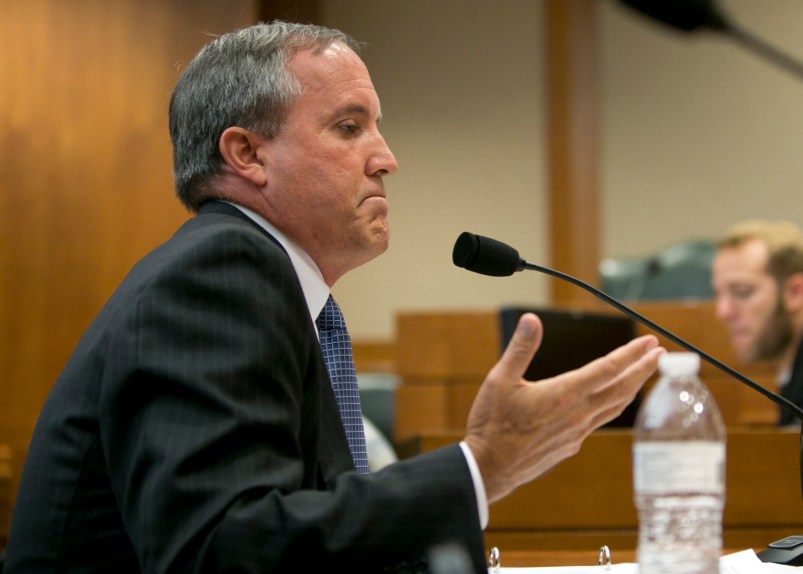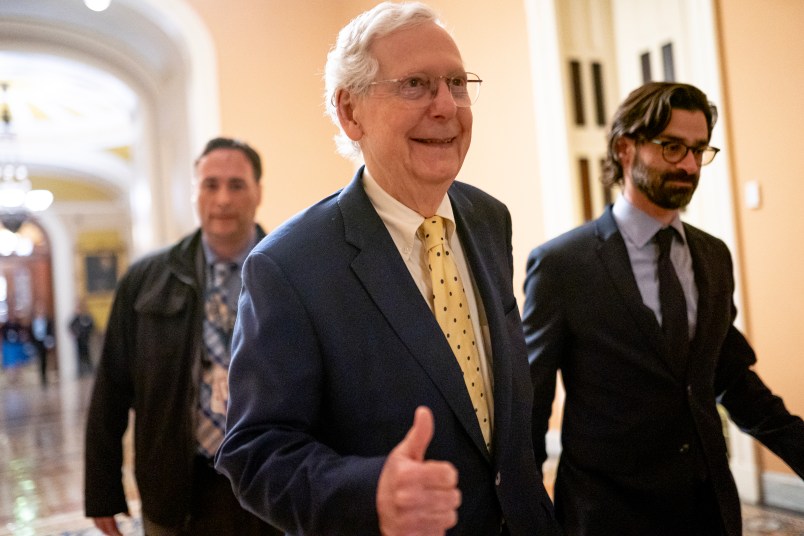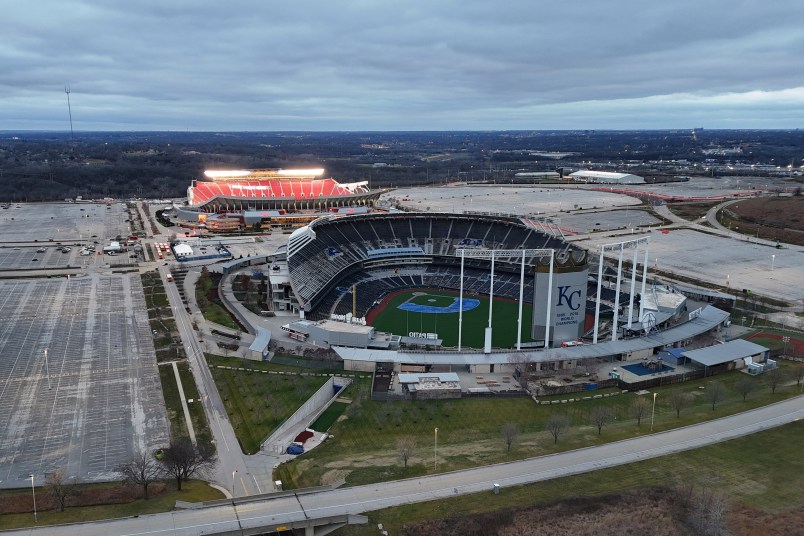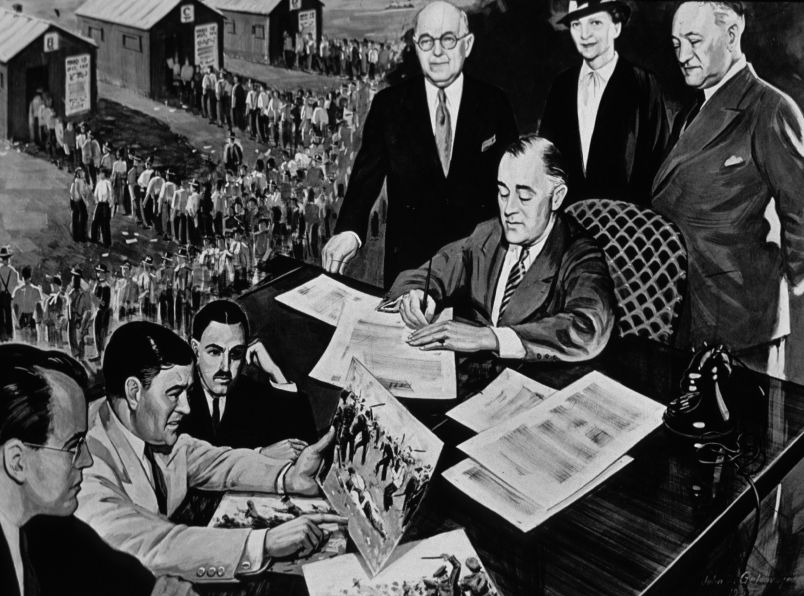What prompted President Obama to up the ante on the minimum wage? In January 2013, in his State of the Union address, he proposed raising the minimum wage from the current $7.25 to $9 an hour. Then last week he announced that he supports hiking it to $10.10 an hour.
It is unlikely that his change of heart was the result of key economic advisers persuading him that a bigger wage boost was needed to reduce poverty and stimulate the economy. Both of those things are true, and surely entered into his thinking, but the major impetus was political. He was responding to the growing protest movement, public opinion polls and election outcomes that reflect widespread sentiment that people who work full time shouldn’t be mired in poverty. It is a heartening reminder that democracy – the messy mix of forces that typically pits organized people versus organized money – still can work.
Growing activism by low-wage workers around the country has put a public face and sense of urgency over the plight of America’s working poor. During the past year, workers across the country at fast-food chains such as McDonalds, Taco Bell and Burger King have gone on strike and demanded a base wage of at least $15 per hour. Walmart workers have engaged in one-day work stoppages and civil disobedience as part of an escalating grass-roots campaign to demand that the nation’s largest private employer pay its workers at least $25,000 a year, thousands more than a full-time worker making $10.10 per hour would earn.
These protests triggered increasing media coverage, including brilliant put-downs on “The Daily Show with Jon Stewart” and “The Colbert Report” of the conservative arguments against the minimum wage.
In recent years, Americans have shown increasing support for boosting the minimum wage and for the idea that people who work full-time should not earn poverty-level wages. The most recent poll, conducted in July by Hart Research Associates, showed 80 percent of Americans back hiking the federal minimum wage to $10.10 an hour and adjusting it for the cost of living in future years. Not surprisingly, 92 percent of Democrats voice support for this proposal, but so do 80 percent of independents, 62 percent of Republicans, 75 percent of Southern whites and 79 percent of people with incomes over $100,000.
Americans also have expressed their growing frustration with widening inequality, stagnant wages and persistent poverty at the ballot box.
Last week, even as New Jersey voters were giving conservative Republican Gov. Chris Christie a second term, they also overwhelmingly approved a constitutional amendment to raise the state’s minimum wage by a dollar to $8.25 an hour. The new law includes an automatic cost-of-living increase each year. Last year, Christie vetoed a bill to raise the state’s minimum wage to $8.50 an hour, so the Democrats in the state Legislature pushed back by putting the question to the voters. Last week, the wage hike passed with 60 percent of the vote despite opposition from business groups, including the Chamber of Commerce, and Christie, who said that raising the wage is “just an irresponsible thing to do.”
On the same day, voters in the Seattle suburb of Seatac embraced the Good Jobs Initiative’ to raise the minimum wage to $15 an hour for workers at Seattle-Tacoma International Airport and at airport-related businesses, including hotels, car-rental agencies and parking lots. It won by a ratio of 54 percent to 46 percent. The new law, sponsored by labor unions and other progressives, applies to more than 6,000 workers. Even though Washington’s current minimum wage is $9.19, the highest in the nation, Seattle Mayor Mike McGinn and challenger Ed Murray (who beat McGinn on Tuesday) both supported the Seatac initiative and raised the possibility of doing the same thing in Washington’s largest city.
In New York City, voters gave progressive Democrat Bill de Blasio a landslide victory over Republican Joe Lhota. One of de Blasio’s key policy plants was enacting a living wage of $11.75 per hour for workers employed by companies that get tax breaks and other subsidies from the city. Lhota and outgoing Mayor Michael Bloomberg, as well as the city’s business and real estate industry lobbies, opposed the plan, but the City Council is likely to endorse de Blasio’s idea.
A year ago, 66 percent of the voters in Albuquerque voted in favor of establishing an $8.50 citywide hourly wage that would automatically adjust in future years to keep up with the rising cost of living. That same day, 59 percent of voters in San Jose, California, approved a citywide $10 hourly wage that also would increase with the cost of living. They join San Francisco ($10.55) and Santa Fe, N.M. ($10.51), which also have citywide minimum-wage laws.
Last year, voters in Long Beach, California, passed a ballot measure that raised the minimum wage for hotel workers in that tourist city to $13 per hour and guarantees hotel workers five paid sick days per year. It is one of more than 150 cities that have adopted living- wage laws for employees of firms with municipal contracts and subsidies. At Los Angeles International Airport, for example, workers are guaranteed an hourly minimum of $10.91, or $15.67 without health benefits.
Nineteen states now have minimum wages over $7.25 an hour, 10 of which automatically increase their minimum wages with inflation. Washington’s will increase from $9.19 an hour to $9.32 in January. That wage soon will be eclipsed in California. In September, Gov. Jerry Brown signed legislation raising the state’s minimum wage from $8 to $10 an hour – a bill he had vetoed a year earlier. Activists in Idaho, South Dakota and Alaska are gathering signatures to put minimum-wage hikes on the ballot next year. Their counterparts in Maryland, Illinois, Massachusetts, Minnesota and Hawaii are pushing state legislators to raise the minimum wages in their states, too.
These local and state initiatives reflect voters’ increasing frustration with Congress’ intransigence. The last time Congress raised the federal minimum wage was in 2007, when President George W. Bush reluctantly signed the bill passed by the Democratic Congress to raise the federal minimum wage from $5.15 an hour (where it had stood for ten years) to $7.25 an hour (phased in over several years). It has remained at $7.25 since 2009.
In his 2013 State of the Union address in January, Obama proposed raising the federal minimum wage to $9 an hour. “Even with the tax relief we’ve put in place, a family with two kids that earns the minimum wage still lives below the poverty line. That’s wrong,” Obama said. “Tonight, let’s declare that in the wealthiest nation on Earth, no one who works full time should have to live in poverty.”
A full-time worker who earns the current minimum wage makes only $15,080 a year. According to “Out of Reach,” a report sponsored by the National Low-Income Housing Coalition, in no state can an individual working full time at the minimum wage afford an apartment for his or her family.
In recent years, the nation’s job growth has been concentrated in low-wage sectors, led by Walmart, the nation’s largest private employer, whose pay levels are so low that many employees are eligible for food stamps. More than one-quarter of all jobs pay poverty-level wages. According to a National Employment Law Project study, the majority of new jobs created since 2010 pays just $13.83 an hour or less. This has contributed to the nation’s widening economic inequality. Nobel laureate economist Joseph Stiglitz said, “Increasing inequality means a weaker economy” for everyone. As almost everyone from mainstream economists to Occupy Wall Street realize, America’s workers have not been sharing in the nation’s economic growth, the benefits of which have been concentrated among the country’s wealthiest 1%.
In fact, the minimum wage has fallen in value because Congress hasn’t raised it to keep up with inflation. At its peak in 1968, the minimum wage was equal to about $10.50 an hour in today’s dollars. That’s a 25 percent decline in buying power. And if the minimum wage kept pace with increases in worker productivity, it would now stand at $21.72 per hour.
Increasing the minimum to $10.10 would give the lowest-paid Americans $21,000 before taxes, if they work full time. The federal poverty threshold is $19,530 for a family of three and $23,550 for a family of four.
Obama is now embracing the bill filed by Senator Tom Harkin, a Democrat from Iowa, and Rep. George Miller, a California Democrat: the Fair Minimum Wage Act, which would hike the wage in three steps of 95 cents each over two years, reaching $10.10 in 2015, then raise it annually based on changes in the cost of living. The Harkin-Miller plan would raise the base wage for tipped employees to 70 percent of the wage for workers who don’t receive tips. Currently, the federally mandated base minimum wage for tipped workers is only $2.13, provided that they make at least $7.25 per hour when tips are factored in.
In March 2013, House Republicans unanimously voted down the Harkin-Miller bill. Six Democrats joined 227 Republicans in voting it down; 184 Democrats voted yes.
But now Democrats, unions and other progressives view the growing momentum for a minimum-wage hike as a way to pressure Congressional Republicans facing tough re-election campaigns next year, hoping to persuade them to support an increase.
The Hart Research Associates poll, conducted in July, found that when asked whether they would be more or less likely to support a candidate for Congress who favored the proposal raising the minimum wage to $10.10, roughly half (51 percent) of registered voters said they would be more likely, compared with just 15 percent who said less likely – an impressive net gain of 36 percentage points. The net advantage among independent voters is 32 percentage points (46 percent more likely to support, 13 percent less likely). And among non-college whites, the gain is 31 percentage points (44 percent more, 13 percent less). All demographic groups – including self-identified Republicans – have a higher percentage of respondents who say that position would increase the likelihood of their support rather than decrease it.
Business lobby groups and business-funded think tanks – including local chambers of commerce, the American Legislative Exchange Council, the Employment Policies Institute (an advocacy group funded by the restaurant industry) and other industry trade associations – dust off studies funded by business groups warning that firms employing low‑wage workers will be forced to close, hurting the very people the measure was designed to help.
Of course, business groups and their political allies have been “crying wolf” about the minimum wage ever since President Franklin D. Roosevelt proposed it during the Depression to help stimulate the economy. Critics warned that enacting a minimum wage would destroy employees’ drive to work hard and would force many firms out of business. The minimum-wage law, warned the National Association of Manufacturers (NAM) in 1937, “constitutes a step in the direction of communism, bolshevism, fascism, and Nazism.” Congressman Edward Cox, a Georgia Democrat, said that the law “will destroy small industry.” These ideas, Cox claimed, “are the product of those whose thinking is rooted in an alien philosophy and who are bent upon the destruction of our whole constitutional system and the setting up of a Red Labor communistic despotism upon the ruins of our Christian civilization.” Roosevelt and most members of Congress ignored these warnings and adopted the Fair Labor Standards Act in 1938, establishing the federal minimum wage of 25 cents an hour.
Since then, each time Congress has considered raising the minimum wage, business groups and conservatives have repackaged the same tired and misleading arguments. In 1945, NAM claimed that, “The proposed jump from an hourly minimum of 40 to 65 cents at once, and 70 and 75 cents in the following years, is a reckless jolt to the economic system. Living standards, instead of being improved, would fall – probably to record lows.” Instead, the next three decades saw the biggest increase in living standards in the nation’s history.
In 1975, economist Milton Friedman, a conservative guru, said: “The consequences of minimum wage laws have been almost wholly bad, to increase unemployment and to increase poverty. In my opinion there is absolutely no positive objective achieved by minimum wages.” While campaigning for president, Ronald Reagan said, “The minimum wage has caused more misery and unemployment than anything since the Great Depression.” In 2004, David Brandon, the CEO of Domino’s Pizza, declared: “From our perspective, raising the minimum wage is a job killer.” In 2013, Jason Riley, a Wall Street Journal editorial writer, called the minimum wage a “proven job killer” on the newspaper’s cable talk show.
Following Obama’s State of the Union address in January 2013, business representatives and conservative media pundits echoed the same talking points. Michael Saltsman, research director at the business-backed Employment Policies Institute, told Fox Business News that “minimum wage hikes lead to job losses.”
But such dire predictions have never materialized. That’s because they’re bogus. In fact, many economic studies show that raising the minimum wage is good for business and the overall economy. Why? Because when low-wage workers have more money to spend, they spend it, almost entirely in the local community, on basic necessities like housing, food, clothing and transportation. When consumer demand grows, businesses thrive, earn more profits, and create more jobs. Economists call this the “multiplier effect.”
Moreover, because most minimum-wage jobs are in “sticky” (immobile) industries – such as restaurants, hotels, hospitals and nursing homes and retail stores – that can’t flee overseas, raising the level doesn’t lead to job flight. Not surprisingly, the National Restaurant Association is, along with the U.S. Chamber of Commerce, one of the fiercest opponents of a minimum-wage hike.
These economic realities don’t stop corporate lobbyists from repeating the same misguided warnings, hoping to dampen support for raising wages. “Mandatory wage hikes price the lowest skilled workers out of jobs,” wrote U.S. Chamber of Commerce CEO Tom Donohue, who made $4.9 million in 2011. “A starting-wage increase will reduce hiring, weaken business growth and reduce opportunities for job seekers,” said Dawn Sweeney, CEO of the National Restaurant Association, who makes more than $1.5 million.
In addition to their lies and outworn arguments, the corporate lobbyists have a large treasure chest of campaign cash at their disposal. But as the grass-roots protests escalate, public opinion embraces a significant wage hike and Americans continue to voice their frustrations at the ballot box, members of Congress and candidates will have to answer voters’ basic question about raising the minimum wage: Which side are you on?
Copyright, Truthout.org. Reprinted with permission.
Peter Dreier chairs the Urban & Environmental Policy Department at Occidental College. His books include Place Matters: Metropolitics for the 21st Century and The 100 Greatest Americans of the 20th Century: A Social Justice Hall of Fame.





